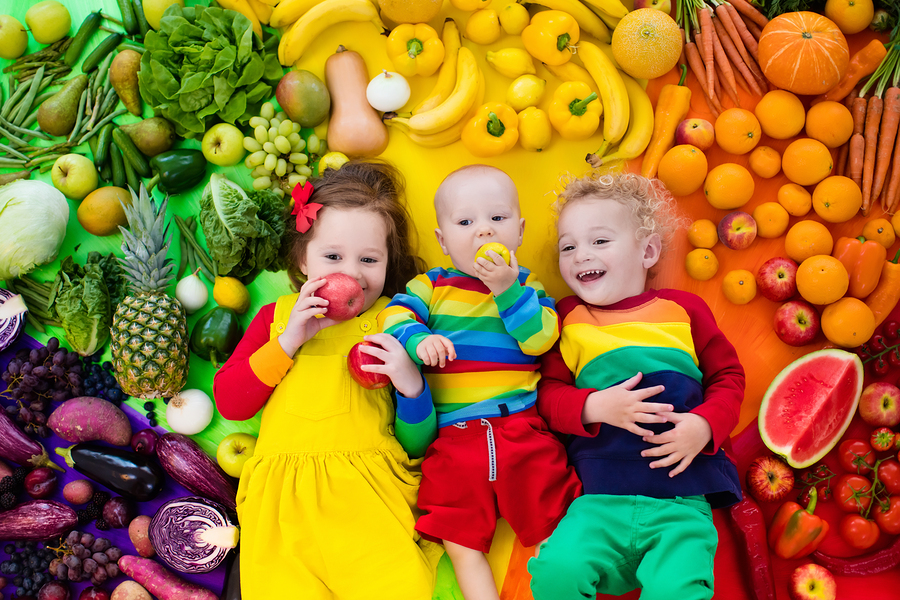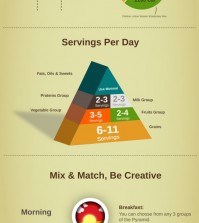- Make It Yourself Lavender Heart-Shaped Bath Bombs!
- 20 Things You Never Knew About “Down There”
- 12 Best Foods For Those Suffering From Arthritis Pain
- 12 Personal Hygiene Mistakes Almost Everyone Makes (Mom Never Told You About #4!)
- 15 Medicinal Plants And Herbs From The Cherokee People
- 12 Mind-Blowing Benefits Of Drinking Coconut Water During Pregnancy
- 12 Outstanding Winter Foods That Won’t Fatten You Up Like A Christmas Turkey
What Is The Rainbow Diet? How Does It Work?
There are many trendy diets out there. From the Paleo diet and the Mediterranean diet, to veganism and more. But there’s a new diet out there you probably haven’t heard of yet which may be just as appealing to the eyes as it is good for your body.
The Rainbow Diet Explained
When you were a child, your parents probably told you to, “eat your greens” at one point or another. Well, the so-called rainbow diet is basically an expansion of that concept. It is based around the idea that foods of certain colors— fruits and vegetables, specifically— contain essential nutrients and should make up a regular part of our diet. But what are the specific benefits that these colorful foods contain? Are some colors better than others? Which fruits and vegetables are the best options? Let’s break them down by color and categories.
Green Foods
This is perhaps the most obvious. Everyone knows that green vegetables are good for them, but not many people really take the time to understand why. Green vegetables like spinach are packed full of vitamins like vitamins A, C, and K which boost the immune system, improve vision, and assist in the absorption of other vitamins. They are also a good source of digestive enzymes and antioxidant compounds which help combat the effects of free radicals in your body.
Some examples include: Spinach, kale, broccoli, lettuce, kiwi, asparagus, green peppers, and brussels sprouts.
RELATED: Top 5 Reasons To Munch More Green Vegetables (Not Only The Leafy Greens We Mean!)
Continue to Page 2

































